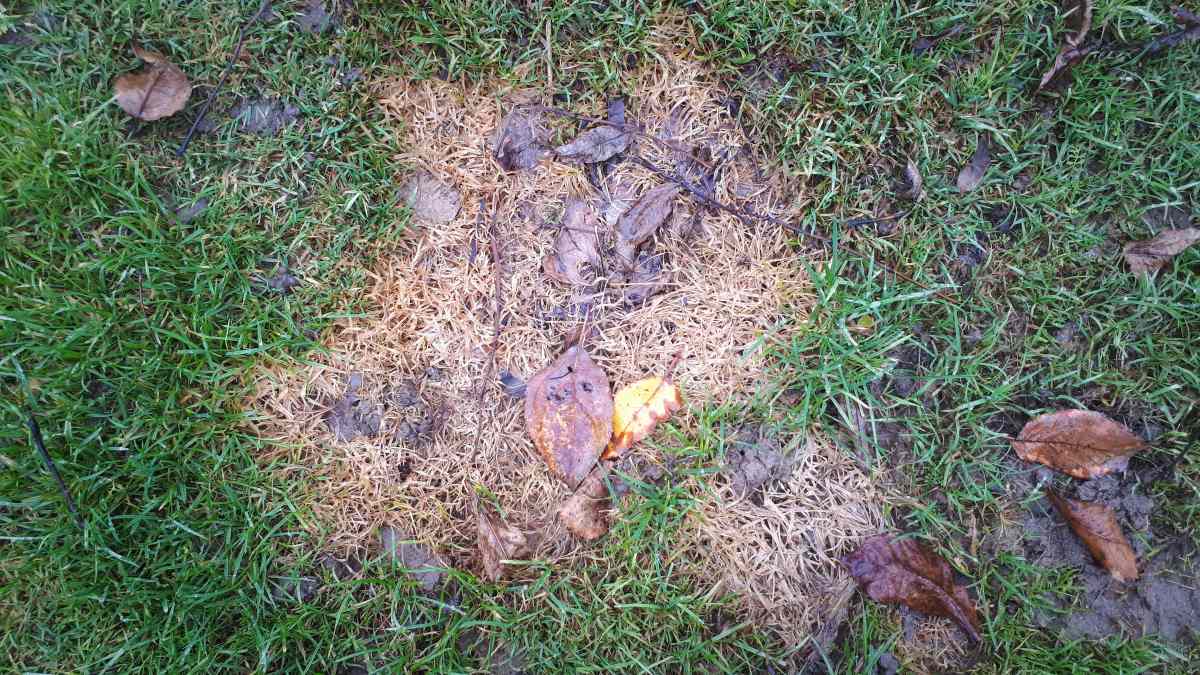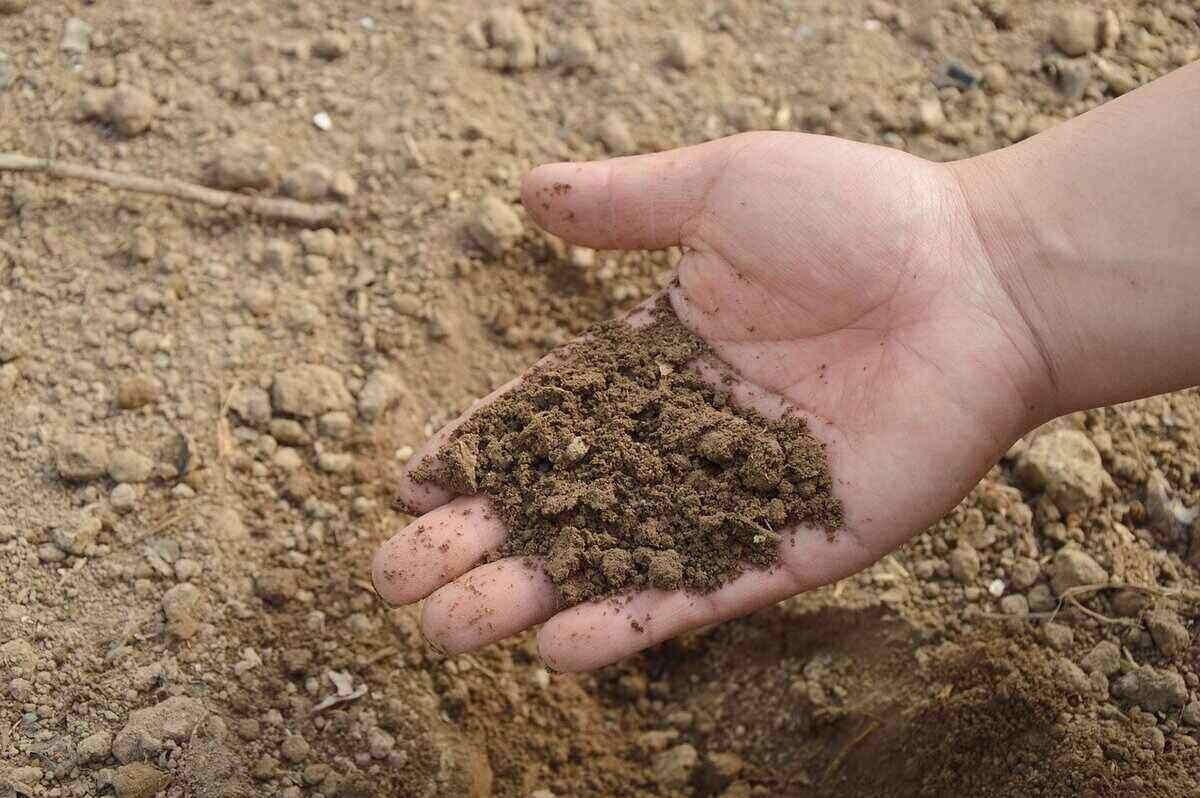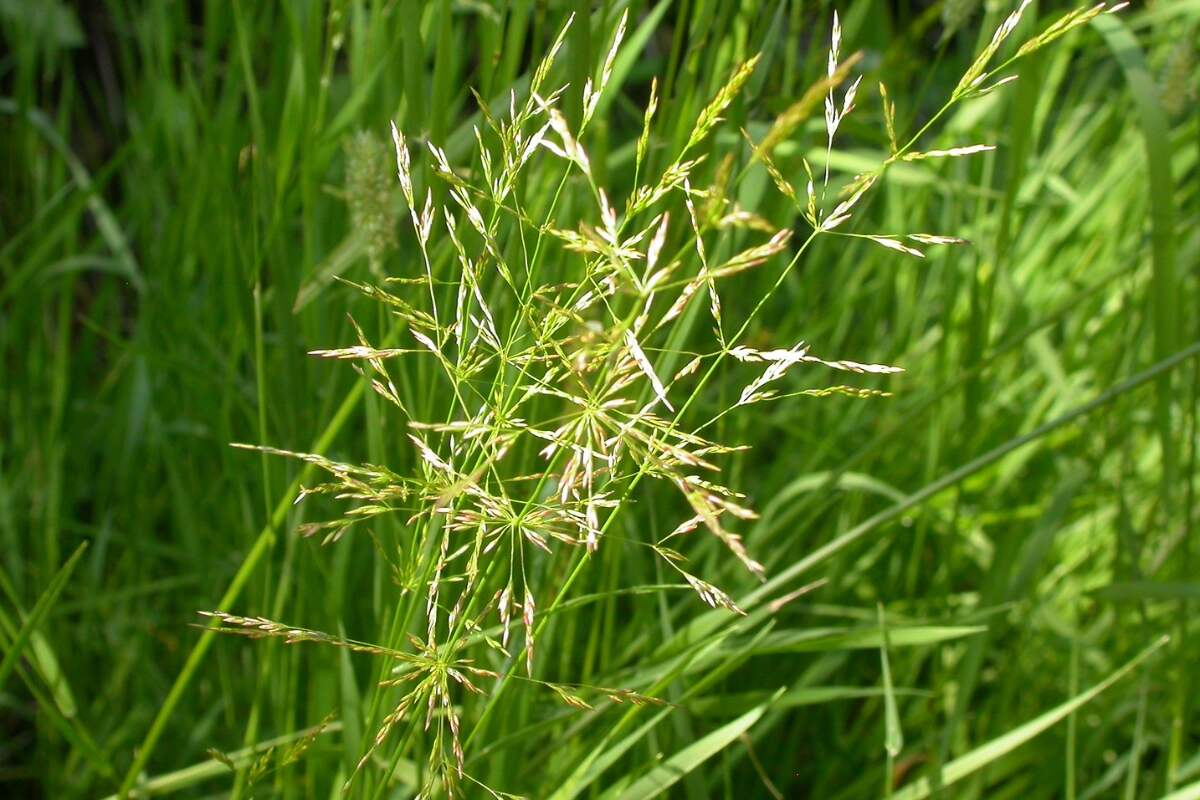
Growing and maintaining a creeping bentgrass lawn is affected by whether you live in the northern or southern part of the country. While it’s deemed unsuitable for home lawns and even considered a weed in specific areas in the South and east of the Cascades, this bentgrass finds more favorable conditions in the North.
Let’s discuss the basics of creeping bentgrass as a lawn grass choice, identify popular cultivars, and highlight the advantages and disadvantages. Keep reading to learn the best cultivation practices and more.
Creeping Bentgrass at a Glance
- Classification: Cool-season grass
- Spreads by: Stolons
- Soil type: Prefers well-drained, moist, and fertile soil; grows in sand and organically amended sand
- Soil pH: 5.5–6.5, but it can adapt to higher pH levels
- Mowing height: 0.5 inches or less
- Shade tolerance: Moderate to high
- Drought resistance: Low
- Foot traffic tolerance: Moderate to high foot traffic and wear tolerance
- Maintenance needs: High
- Potential for disease: High
- Insect pest tolerance: Low
The Basics of Creeping Bentgrass

Creeping bentgrass (Agrostis palustris [Agrostis stolonifera]) is a cool-season perennial grass that is typically not recommended for home lawns because of its aggressiveness and high maintenance requirements. Combining it with other grasses is also not recommended, as creeping bentgrass is invasive and crowds out other turfgrasses.
As the grass spreads, it forms a layer of thatch and typically needs frequent dethatching. It has very low mowing requirements (0.5 inches or less), meaning it must be mowed often. It is also attacked by several insect pests and diseases.
Regional Suitability
However, this turfgrass, which is native to Northern Africa and Eurasia, is not as problematic for the Northern part of the US. With its vibrant blue-green leaf blades, the grass is best suited for the New England and Northwestern regions, where it is most commonly used on athletic fields and lawns.
It is typically used on golf course putting greens and other locations that require a low cut height and smooth surface, like tennis courts, fairways, and tees.
Things to Consider When Starting a Creeping Bentgrass Lawn
Despite its challenges, homeowners in cooler climates are drawn to creeping bentgrass for its remarkable cold tolerance, fine texture, resilience to foot traffic under proper care, and a lush, carpet-like appearance in vivid green or blue-green hues.
This turfgrass flourishes in full sunlight but can tolerate light shade, with optimal growth in sunlit conditions, yet struggles in hot climates.
Maintenance Challenges
Regular irrigation is crucial for its shallow root system, although susceptibility to diseases and annual bluegrass invasion adds to its challenges.
While versatile in foot and wear tolerance, especially in longer lengths, creeping bentgrass faces dormancy during the summer, turning brown and inviting weed encroachment. Despite this, in milder climates, the grass maintains its green allure, albeit with occasional red patches.
Creeping Grass Cultivars
Although creeping bentgrass naturally has low heat tolerance, certain new varieties can withstand warmer temperatures better than previous cultivars. Note, though, that they still only survive for about 10 years before encroachment by annual bluegrass. Here are some popular varieties:
- SR 1020
- National
- Providence
- Pennlinks
- Viper
- Regent
- Cobra
- Penneagle
- Southshore
- Putter
- Emerald
- Toronto
- Nimisilla
- Cohansey
Pros and Cons of a Creeping Bentgrass Lawn
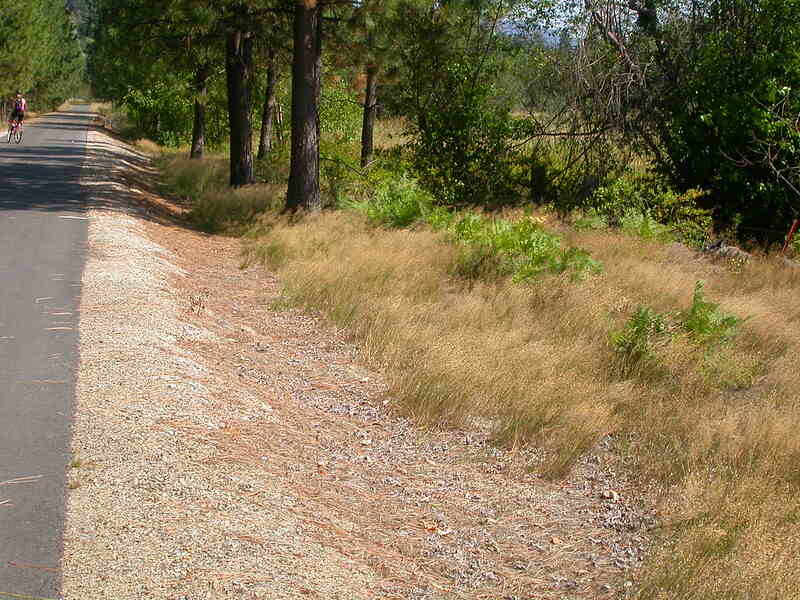
Although creeping bentgrass is time-consuming and laborious to maintain, it is easier to care for in the North than in the South. Here are some advantages and disadvantages of creeping bentgrass for home lawns.
✓ Pros of Creeping Bentgrass
- Good foot traffic and wear tolerance at longer lengths
- Moderate to good shade tolerance
- Produces a thick, dense covering
- Bright green to blue-green color
- Adapts well to cold climates
- Soft to walk on
✗ Cons of Creeping Bentgrass
- Vulnerable to weeds
- Aggressive (invasive)
- Prone to thatch build-up
- Requires frequent mowing
- Can be invaded by annual bluegrass
- Shallow root system needs a lot of irrigation
- Requires frequent maintenance in the South
- Susceptible to insect pests and diseases, especially when cut very low
How Do You Establish Creeping Bentgrass?

Homeowners wanting to establish their lawns can seed, sod, or use plugs, but seeding is recommended. In the South, only seeded cultivars are used since sod and plugs are not as easily obtainable. But if you prefer to use sod or plugs, call your local nursery for the availability and pricing.
The Cost Of Starting Creeping Bentgrass
Creeping bentgrass seed: A 1-pound bag costs around $94.00, depending on the cultivar and where purchased. Expect to need 1 pound per 1,000 square feet, as the goal is to spread 20 seeds per square inch of soil.
When To Plant Creeping Bentgrass
The best time to seed creeping bentgrass is when the temperature is 55 degrees Fahrenheit, which is usually in the spring. Spread seeds on a layer of sand to help it take root. Keep the seeds moist until they germinate. It takes about 7 to 15 days for seeds to germinate, depending on soil temperature.
Although spring planting is recommended, you can also plant in the fall. It takes less water to maintain moist soil when you plant in the fall.
In the South, early fall is the best time to plant creeping bentgrass, as planting in the spring does not give the grass enough time to mature before summer stress. Since it needs well-drained soil to grow, lay well-drained soil combinations amended with organics over a drainage system to establish creeping bentgrass lawns.
Planting a Monoculture vs. Mixed Grass Lawn
Creeping bentgrass spreads via lateral creeping stems, also referred to as stolons. This growth pattern is incompatible with turfgrasses that have an upright growth habit, like turf-type tall fescue and perennial ryegrass. It also does not combine well with Kentucky bluegrass.
Since bentgrass becomes puffy at lawn heights and forms densely packed, irregular circular patches, it can disrupt the overall uniformity of the grass cover. It’s also very invasive at low mowing heights and more susceptible to several turfgrass diseases than most other lawn grasses.
When creeping bentgrass is combined with another grass type, it is predominantly mixed with annual bluegrass. The two grasses look very similar at a glance. However, bentgrass is usually encroached by annual bluegrass.
How to Care for an Established Creeping Bentgrass Lawn

Creeping bentgrass needs close monitoring to manage mowing heights and pests and diseases. In the South, homeowners must manage mowing, watering, fertilization, and diseases and pests closely, especially during the summer.
Water Adequately
When first starting your lawn, water lightly and frequently to maintain a moist seedbed. If mulch is applied over the seeds, irrigation can be reduced from 5 to 7 times daily to only 2 to 3 times daily.
The grass thrives best when optimal irrigation systems are used in well-drained soil. But during periods of heat stress, too much or too little water can be detrimental. You can determine the right watering requirements through evapotranspiration. You can also cool the grass using a misting system to treat mid-day stress.
Note: Evapotranspiration (ET) is the transference of water from land to the atmosphere via evaporation from the soil and various surfaces, as well as transpiration from plants.
Pro tip: For cities like Wichita, KS, evapotranspiration can be determined by calling weather stations every day and listening to a recording of yesterday’s ET or getting the information from the K-State online weather data library. Add up the ET for 3 to 5 days and subtract the total of recent rains from the ET. This figure is the amount of water in inches the grass needs.
Fertilize
Apply a nitrogen fertilizer once the turfgrass is established. Routine fertilizer applications should consist of using 4 to 6 pounds of nitrogen fertilizer per 1,000 square feet every year during the grass’s growing season, which is March through June and September through November.
Alternatively, you can apply 0.5 pounds per 1,000 square feet monthly from October to May and 0.25 pounds per 1,000 square feet from June to September every year. This latter procedure equals about 5 pounds per 1,000 square feet annually.
Need help choosing a fertilizer? Check out our guide on How to Choose the Right Lawn Fertilizer.
Mow at the Right Height
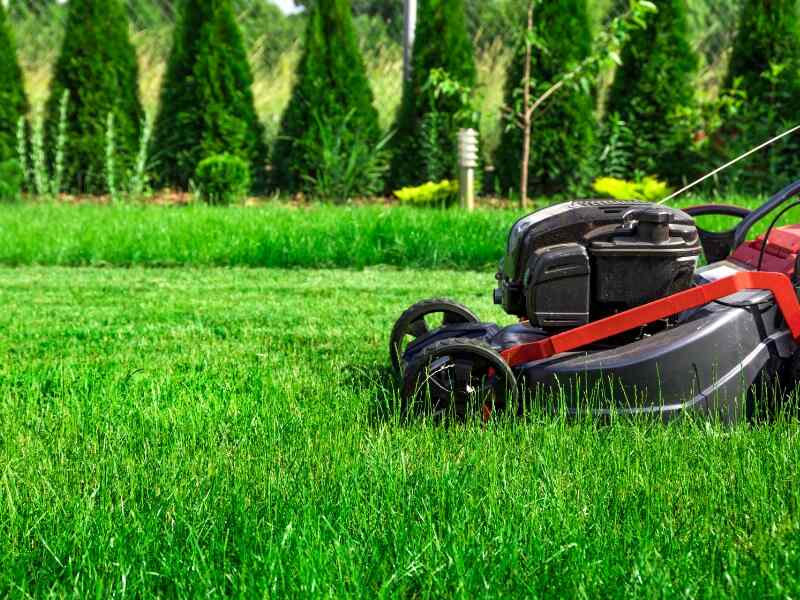
When a creeping bentgrass lawn is started, mow it at a height of ¾ inches.
This grass variety grows the most in the spring, and homeowners should mow the lawn daily during this time. Keep the grass cut no lower than ¼ inch. Scalping injury can occur if the grass is not mowed frequently.
Provide Breathing Space
This grass needs adequately established soil and breathing space. Growers typically use sand because its loose structure encourages the development of a deep and extensive root system. Sand also has excellent drainage properties, allowing water to move through quickly and prevent waterlogging.
Manage Weeds Properly
Avoid chemicals when treating weeds. Pesticides with glyphosate will kill bentgrass. Manual methods are best. If you opt for commercial weed management products, use those designated for sensitive turfgrass.
Dethatch and Aerate
Thatch build-up is a significant problem with creeping bentgrass. The accumulation of thatch can be as much as half an inch a year on sand-based lawns. A few techniques that can be used to manage thatch are core aeration twice a year and occasional vertical mowing.
Some other key practices are dethatching with greens-grade dethatchers and routinely topdressing with sand. Be aware that these management techniques can make creeping bentgrass vulnerable to invasion by annual bluegrass.
Aerate and topdress in the fall and spring to prevent additional summer stress.
Prevent Insect and Disease Problems
Monitor creeping bentgrass closely to apply pesticides as needed. Insects should be treated as soon as they are found. Common insect pests that invade creeping bentgrass are:
Creeping bentgrass usually needs preventive fungicides to manage its vulnerability to diseases. Moist, warm conditions promote infection. Certain diseases, like dollar spot, brown patch, and pythium blight, are a problem in other areas of the country but not a major problem in the Pacific Northwest. Some of creeping bent grass’s most prevalent ailments include:
- Gray snow mold
- Take-all patch (also called take-all root rot)
- Yellow patch
- Fusarium patch
FAQ About Creeping Bentgrass
What Creeping Grass Variety has the Most Foot Traffic Tolerance?
Penncross has the most resistance to foot traffic. It is also highly disease-tolerant.
What Creeping Grass Cultivars are Usually Used in the South?
The seeded varieties are typically used in the South. These include:
- Penncross
- Seaside
- Cato
- SR1020
- Cato
Does Creeping Bentgrass Require Special Winter Care?
Depending on the region, winterizing practices may include reducing mowing height, avoiding excessive nitrogen fertilization, and protecting against winter diseases.
Hire a Pro to Care For Your Lawn
Whether you’re aiming for a putting green-like appearance or a fine-textured, resilient turf, following the recommended practices in growing and maintaining creeping bentgrass is key.
For a hassle-free solution, let LawnStarter connect you with a lawn care pro who can help ensure the lasting health and appeal of your creeping bentgrass lawn.
Main Photo Credit: Matt Lavin / Canva Pro / CC BY-SA 2.0

